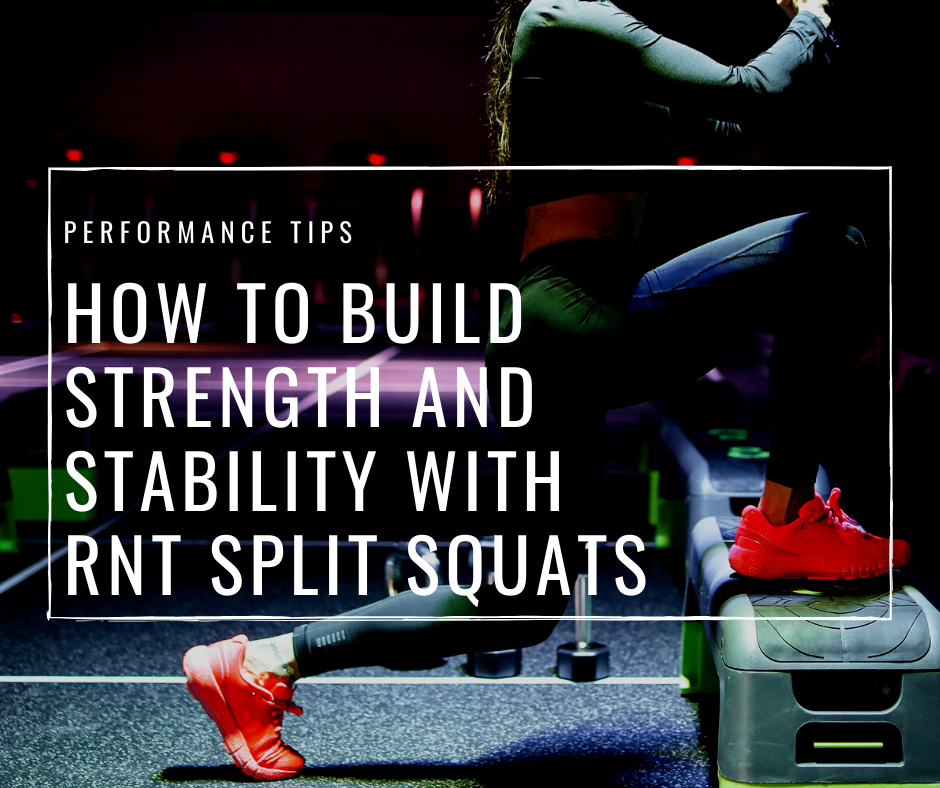VIDEO: How To Do KettleBell Swings Correctly
Kettlebell swings are a terrific exercise for many people. If you understand how to do kettlebell swings correctly, they have two advantages.
First, they’re a simple way (i.e. the technique isn’t overly complicated compared to, let’s say, Olympic weightlifting) for the average person to add some speed/explosive movements into their routine. While the KB swing isn’t necessarily the single best tool to develop this attribute for high performance sport, it does have a role. More importantly, speed/power is one of the first things to decline as we age. The KB swing can be a simple, safe and effective go-to movement to mitigate these effects.
Second, KB swings give us a great way to build endurance capacity with hip hinging activities in a way that’s probably much safer than high repetition deadlifts done under fatigue. We can use the KB swing to ask: can I maintain great form over and over again while I’m tired and breathing hard?
But, and this is key, in order to do them properly you need real mastery of the basic hip hinge. Trainees should spend time perfecting slower movements like the RDL and deadlift to understand the details of great technique and to build some postural endurance in those positions.
Once this base is established, kettlebell swings can be added. Otherwise we’d only be adding speed, timing and more complexity to an imperfect foundation. And that’s not smart.
For people with recurring back injuries, you’ll probably want to avoid KB swings until (and if) that issue gets resolved. I’ve seen KB swings irritate many individual’s backs with a pre-existing issue, but that’s a subject for another day.
Check out the video above for the low down on key technique points and how you should think about the role of kettlebell swings in your training.










